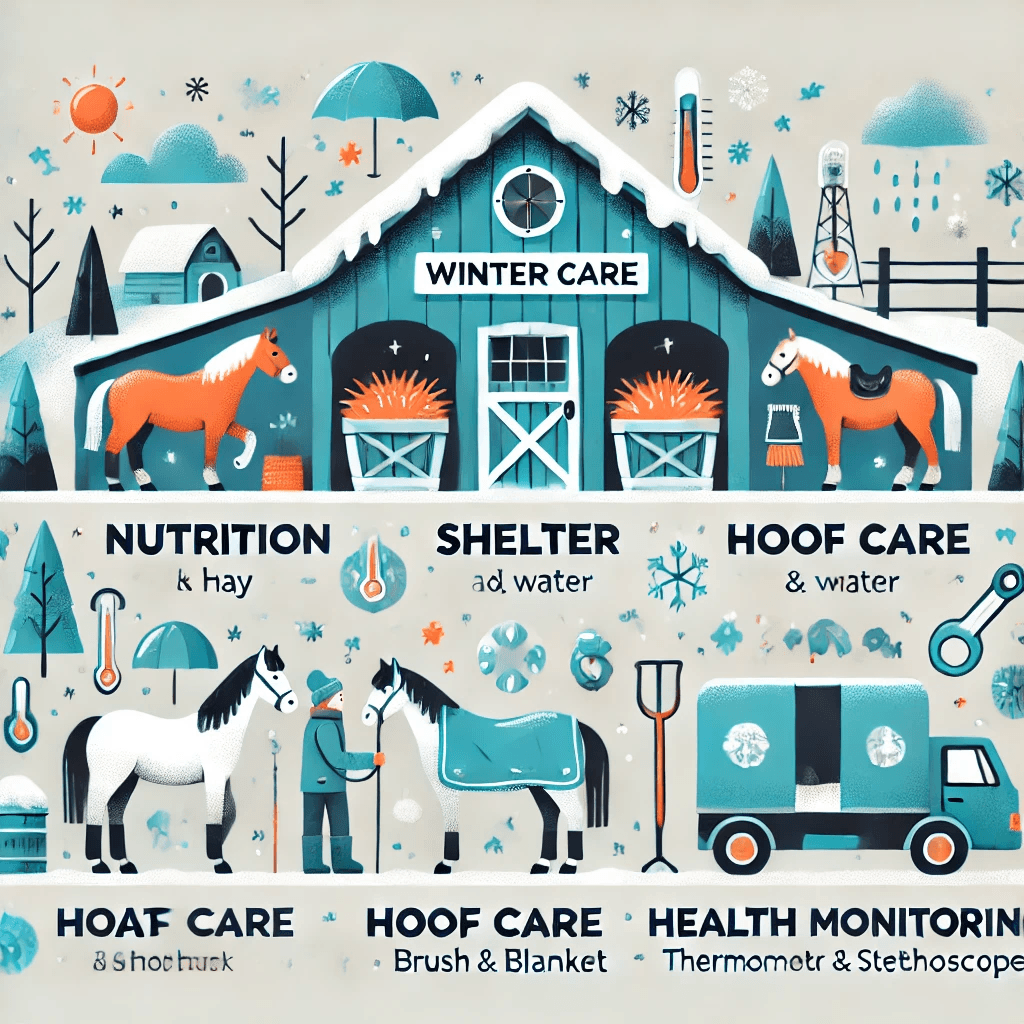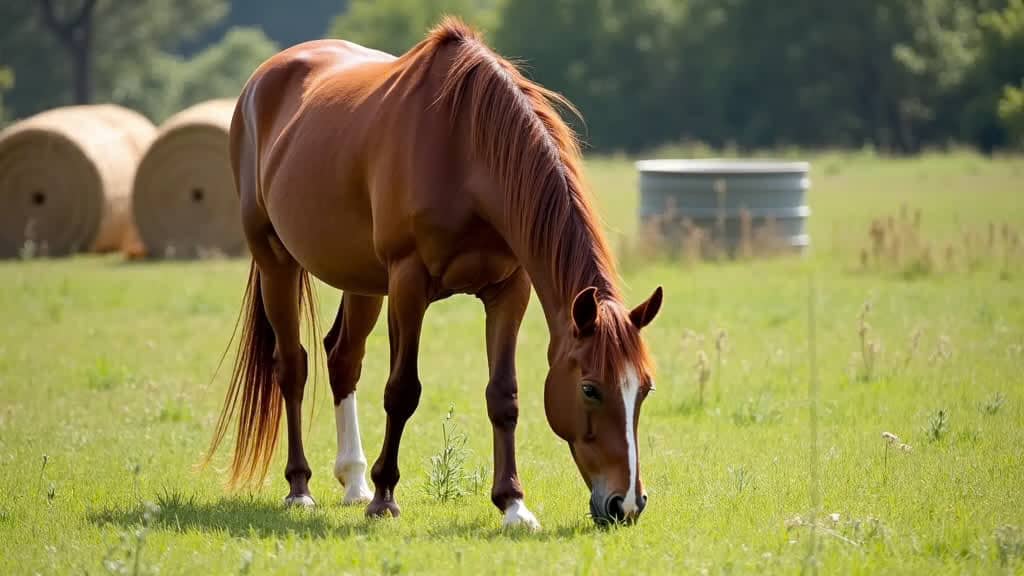Equine rescue can be both a fulfilling and practical way to help horses in need. I have personally seen the difference that support and involvement can have on rescued horses. This article explains how individuals like me can get involved, offering steps that are straightforward and actionable. Every bit of help contributes to making a real difference in these animals’ lives.

Understand the Need for Equine Rescue
Rescue efforts for horses have grown in importance over the years. My work with equine rescue has taught me that many horses face neglect, abuse, or abandonment. Communities around the world have started to value the welfare of these animals, and sharing knowledge about equine rescue can help others join in this effort. Often, horses in dire situations do not have advocates looking out for them, and equine rescue organizations work hard to provide medical care, safe shelter, and opportunities for a better life.
My involvement began with simply learning about the issues. I found that understanding these challenges is the very first step to making a difference. Knowing the history of equine care helps me realize how far the rescue movement has come. In many communities, people are raising awareness of horse welfare. Public support has resulted in more resources for rescue operations and better safety conditions for these remarkable animals.
Over time, I have grown to appreciate the many layers of effort that underpin equine rescue. There is an entire network of volunteers, professionals, and community members who work together. This all-in-one approach not only saves lives but also builds a supportive network that nurtures both horses and the people who care for them. The ongoing commitment to these animals turns every challenge into an opportunity for positive change.
Get Started with Equine Rescue and What You Need to Know
There are many ways to contribute to equine rescue. In my experience, the process begins with research and a willingness to learn. I always suggest that anyone interested should start at a local rescue center or sanctuary. This hands-on approach not only provides real-world insights but also builds confidence in handling horses.
If you are interested in getting involved, here are a few key points that I found particularly helpful:
- Education: Become familiar with the basics of horse behavior and needs. Understanding signs of distress, physical conditions, or trauma improves your ability to help.
- Volunteer Opportunities: Many rescue centers welcome volunteer help. Tasks can include grooming, cleaning stables, or even administrative work. I have learned that volunteering is a great way to contribute while also gaining valuable skills.
- Community Engagement: Joining equine rescue groups on social media or local meetups connects you with like-minded individuals. These networks are excellent for sharing tips and experiences.
My journey began when I reached out to a local rescue center. That initial interaction provided guidance and built a foundation of trust. It also helped me better understand the challenges and rewards involved. Each volunteering session taught me more about the practical aspects of caring for horses in need.
In addition to the practical tips above, I often recommend taking the time to speak with experienced volunteers and staff members. Their stories and advice can give you a deeper insight into the commitment required and show you that every effort, no matter how small, matters. Over time, these conversations have helped me gain both confidence and compassion, which are essential when working with animals that have experienced trauma.
Steps to Begin Your Equine Rescue Involvement
Getting involved in equine rescue is a process that I have found to be quite approachable. I recommend that new supporters follow these practical steps:
- Research Organizations: Begin with a dig into local and national equine rescue organizations. Check reviews, understand their missions, and be sure that their values align with your own.
- Reach Out: Contact the organizations to ask about volunteer opportunities. A simple email or phone call can provide details on what support is needed and when you can start contributing.
- Learn the Basics: Many centers offer training sessions or orientation meetings. I took advantage of these sessions even if I thought I already knew how to help. This training is key for understanding proper handling and safety procedures.
- Start Small: Volunteer for simple tasks at first. I began by assisting with stable maintenance and basic grooming procedures, which gradually gave me more confidence.
- Build Relationships: Get to know the staff and other volunteers. This network is invaluable because experienced team members can provide advice and support as you take on more responsibilities.
Every step I took helped me understand the role I could play in supporting equine rescue efforts. I found that even small contributions add up over time and have a significant impact on the welfare of the horses. When you start small, you open the door to a greater understanding of animal behavior, leading to more informed and compassionate care.
Important Considerations When Joining Equine Rescue Efforts
Like all volunteer work, equine rescue involves its own set of challenges and considerations. I have learned that there are various factors to keep in mind before jumping in fully. It is very important to be prepared not only physically but also emotionally, as the work can be both rewarding and challenging in equal measure.
- Safety Protocols: Some rescue centers require special training for handling distressed animals. I learned that safety measures protect both the horses and volunteers. Ensuring that proper procedures are followed can prevent accidents or injuries.
- Time Commitment: Volunteering can sometimes demand a significant time investment. I made sure to discuss my availability with the organization to find a schedule that works for both of us.
- Emotional Preparedness: Equine rescue can sometimes involve emotionally challenging situations. I always prepared myself for witnessing the hardships the horses had experienced. These moments, while difficult, also bring immense satisfaction when you see progress and recovery.
- Resource Management: Some organizations operate on tight budgets. I recognized that even offering a few hours of my time, or donating small supplies like grooming tools or feed, contributes meaningfully to the rescue effort.
Safety Protocols
I have seen firsthand that safety protocols are essential when working with rescue horses. The many unpredictable situations demand a careful approach, so I never skip training sessions or ignore the guidelines given. Basic knowledge of equine body language and first aid can be a practical tool in avoiding accidents. The focus on safety not only protects the animals but also ensures that volunteers feel secure in what they are doing.
Time and Resource Commitment
Every volunteer must assess their time and capacity. Balancing personal responsibilities with volunteering is something I had to learn early on. By setting realistic goals and communicating openly with the rescue team, I managed to stay committed without overwhelming myself. This balance is really important, as even a small but regular commitment can lead to lasting positive outcomes for the horses.
Emotional Preparedness
The adventure is not always easy emotionally. I have witnessed horses that were once malnourished or abused struggle to regain trust in people. Being prepared for these emotional moments helped me provide better support while remaining a stable presence for the horses under care. Over time, I also learned to recognize my own limits and to seek support from fellow volunteers when the emotional load became heavy. This mutual understanding helps build a supportive community around equine rescue work.
Beyond these technical aspects, it is also important to take care of your own mental health. Volunteering in equine rescue can be as rewarding as it is challenging, and ensuring you have moments to regroup and reflect can make your involvement sustainable over the long term.
Advanced Involvement and Ongoing Support
After gaining initial volunteer experience, I began looking for ways to deepen my involvement in equine rescue. Advanced participation is a path I found to be both rewarding and inspirational. I stumbled upon several options for long-term commitments that can make a lasting impact in more ways than one.
If you find that you are ready to expand your role, consider these directions:
Fundraising Efforts: Organizing fundraising events or online campaigns is one way to support the financial needs of rescue organizations. I have been involved in small local drives that help raise funds for medical treatments and stable improvements. This contribution can have lasting benefits for the horses by providing critical resources that might otherwise be unattainable.
Promotion and Awareness: Use your voice to ensure that the needs of rescue horses are known throughout your community. I often share my experiences and success stories with friends, family, and local community groups. This approach not only informs those around me but also inspires further volunteer sign-ups and increases support through donations. Every story shared adds another brick to the foundation of a community built on care and respect for animal life.
Specialized Training: Some rescue centers offer courses on advanced equine care. These training sessions, which cover topics like rehabilitation techniques and improved handling methods, have proven invaluable in my experience. By participating in these classes, I was able to take my skills up a notch, thereby contributing more effectively to the rescue operations. Enhanced training has allowed me to step up my abilities in ways that benefit both the horses and the rescue team.
Long-Term Commitments: Sometimes volunteering evolves into a long-term commitment. In my experience, transitioning from occasional support to regular involvement has deepened my connection with both the horses and the rescue team. This switch has made each day more meaningful and enriched my understanding of the cause. By investing consistently over time, you not only provide better care but also become a pillar of strength within the community.
To add further depth to your involvement, consider developing relationships with local veterinarians and equine behavior specialists. This network can help you learn advanced techniques and provide better care to the animals. Additionally, sharing your success stories can motivate others to join the effort, amplifying the overall impact on the community.
The Impact of Equine Rescue on Communities and Horses
Equine rescue does more than just save horses. I have seen how these efforts bring communities together and inspire changes in local animal welfare policies. Every small act of involvement contributes to a larger network of support. My experiences have shown me that helping horses in distress leads to healthier and happier communities.
Rescue centers often become community hubs, where volunteers and rescue staff work side by side for the betterment of the animals. These centers spread a message of hope and care, which in turn influences how people see and treat all animals. I take pride in knowing that my participation, no matter how small, plays a role in creating a kinder environment for both animals and people.
The positive impact extends to the animals too. Rescued horses find safe havens where they can recover, receive proper veterinary care, and eventually find loving homes. Watching the transformation of these horses—from frightened and neglected to calm and trusting—remains one of the most rewarding aspects of this work. Every success story reaffirms the value of even the smallest contributions, making it clear that our efforts do add up to something truly significant.
Frequently Asked Questions
I have often encountered questions about equine rescue. Here, I provide answers drawn from my personal experiences and observations:
Question: How do I start volunteering with a rescue organization?
Answer: I advise beginning with research. Locate organizations in your area and contact them about volunteer opportunities. Many centers offer introductory training sessions, which are very helpful if you have no previous experience.
Question: What kind of tasks might volunteers perform?
Answer: Tasks vary widely. I have helped with stable cleaning, horse grooming, feeding, and even some basic administrative work. Starting with smaller responsibilities allows new volunteers to build their confidence before taking on more intensive tasks.
Question: Is any special training required for working with rescue horses?
Answer: Basic training in horse behavior and handling is highly recommended. I participated in workshops that taught me the fundamentals of equine care. Such training helps to step up safety and effectiveness in your volunteer duties.
Question: How can I contribute financially if I cannot volunteer regularly?
Answer: Monetary donations are always appreciated by rescue organizations. I have seen funds directed toward veterinary care, food supplies, and improvements to shelter facilities. Even small contributions can help cover significant expenses over time, making a big difference in the lives of these animals.
Wrapping Up
My involvement in equine rescue has been one of the most personal and satisfying experiences I have ever had. The work supports horses who often face harsh realities and gives them a chance for a happier, healthier life. By understanding the challenges, learning the necessary protocols, and gradually increasing your involvement, you can contribute effectively to this cause. Every volunteer effort, every hour spent caring for horses, and every contribution to raising awareness plays a vital role in equine rescue operations.
I encourage anyone with a compassionate heart and a desire to help to consider stepping forward. It is not just about lending a hand; it is about building a community that cares deeply about the well-being of these magnificent animals. When you commit to even a little bit of time, the impact spreads throughout the rescue network and into the larger community, creating a ripple effect of kindness and support.
Getting involved might seem overwhelming at first, but as I have learned from my own experience, a step-by-step increase in responsibility gradually builds competence and confidence. With each small act of care, rescue organizations move closer to their goal of saving the lives, dignity, and spirit of horses in need. I am grateful to be part of this adventure and invite you to learn more, ask questions, and consider making a real difference in the lives of these wonderful animals.
Additionally, consider joining local workshops or informational sessions that are periodically held by rescue organizations. These events allow you to meet more seasoned volunteers and experts in the field, exchange ideas, and get insights that will help you navigate the complexities of equine care. Over time, the network you build not only supports your own growth but also contributes to a more informed and resilient community dedicated to animal welfare.
Every volunteer, every donation, and every awareness campaign is really important. It is through these combined efforts that equine rescue transcends the act of simple service and becomes a profound commitment to transforming lives. Thank you for taking the time to read and consider how you might join in this next stage of meaningful work.



